Best activities for a shy child
Best Activities For A Shy Child To Rid Of Shyness
Children that are timid may struggle to communicate their emotions. This might make kids feel misunderstood, which can make it harder for them to release pent-up feelings as they grow older. As a parent, you may encourage your child to articulate his or her feelings by planning activities that allow them to express their thoughts on a certain circumstance. Shy children may find it difficult to adjust to a new environment and people. Helping your child adjust to these situations by outlining what he or she may anticipate ahead of time and gradually introducing them to the new setting. Labeling a kid as shy might lead to your child believing that he or she is shy and that there is nothing they can do to alleviate the problem. They may even use it as an excuse to avoid doing anything that makes them anxious. This might cause your kid to lose out on chances and avoid social situations just because they are uncomfortable.
Let’s look at some of the best activities for a shy child
Crafting Activities
Handling a shy school-age child is quite simple. Crafting classes can be added to the class schedule by the teacher as well as by the parents at home. The technique has been shown to be useful in reducing shyness in kids. Creating a common workspace for kids to work in groups helps a lot in school. Sharing crafting supplies and a workstation is sufficient to help the kid to learn how to interact with others. The closeness of the groups helps the timid child to tolerate people and feel at ease. Parents can encourage the child to stick to the program as well as develop crafting interest in kids while they are at home.
Oral Activities
Many timid children struggle to strike up a conversation. Parents and instructors must support these children’s oral activities. The students should practice presenting themselves to break the barrier. It is one of the activities that parents may lead in the proper way. The parent should cultivate the practice of greeting and introducing oneself to others. The kids will pick up on the same quality, and this is the most effective technique to overcome shyness. The children will gain confidence and see it, as usual, to engage with visitors at their house.
The children will gain confidence and see it, as usual, to engage with visitors at their house.
Awakening A Child’s Sense of Curiosity
This activity is one of the proven activities to overcome shyness. Fill a small box with activities or toys that need interaction with others and distribute it to a small group of kids, including the shy ones. Tell the children to take turns picking from the box. When they’re finished, tell them to go locate the kids who drew the same things they did and play for a few minutes. After a while, ask them to return the things to the box. Then, take out a new package and have them select again for the chance to meet a new partner.
Playing Outdoor Games
Begin with games that involve less touch with people and progress to activities that demand more contact. Begin with activities like Catch the Compliment, kickball, or dodgeball. Adding games that demand greater engagement and closeness among participants, such as volleyball and basketball, as kids get more confident.
Outdoor Gardening
Start a vertical garden to help a shy kid develop gardening abilities. It encourages the child to enjoy outdoor activities and teaches him or her responsibility by keeping an eye on the garden. The gardening exercise reinforces the message in the child’s head that the parent is confident in their achievement. Encouragement and prizes motivate the child to live up to the standard. The achievement and inspiration provided by parents boost self-esteem and confidence.
Creation of Family Journals
Parents should remind their children of the necessity and value of family unity. This may be accomplished by creating unforgettable family memories in the form of hilarious diaries. Spending more time with children is the most effective strategy to execute the activity. Encourage the kids to keep a notebook or even capture photographs for future reference. The family diaries will serve as a reminder to the children of the past. This will create confidence in the children since they will notice the dramatic improvements that have occurred.
Presentations of Topics
At school, every week, students should be assigned presentation themes. The presentation aims to instill confidence in pupils who are shy. However, the instructor should urge other students to be tolerant in order to reduce anxiety in shy children. Frequent presentations help the child to become more comfortable and, in the long run, eradicate shyness. However, the child will experience anxiousness throughout the early phases.
Model Confident Behavior
Teach your children to be nice to strangers, but only in a supervised context. The lessons will serve to shape the children’s attitudes and encourage social relationships. Remind the child to always welcome visitors before going to their playroom. The confidence gained by meeting guests will aid the kids in overcoming their shyness.
Learning An Instrument
Being able to play an instrument, especially one that is part of an orchestra or band is a fantastic way to meet new people. Musical instrument classes, from learning the guitar or violin to becoming an able person to play the piano, are a wonderful opportunity to get them proficient at something that will only help them develop. This is one of the most effective activities for a shy child to overcome shyness and master a new skill.
Musical instrument classes, from learning the guitar or violin to becoming an able person to play the piano, are a wonderful opportunity to get them proficient at something that will only help them develop. This is one of the most effective activities for a shy child to overcome shyness and master a new skill.
Conclusion
The last thing a shy kid wants is to be the center of attention. If you need to discuss or reprimand your child’s conduct, do it privately. If you want to praise a timid kid for good conduct, do it privately. They will appreciate it more. Whether it is favorable or negative attention, both may be humiliating for your kid when it is offered in front of others. Look for a good school like NSN Schools where timid children open up when they are in a safe setting. Encourage your child to confide in you about his or her anxieties. Instead of dismissing their nervousness, empathize with it. Help your child lessen negativity in his head by providing positive reinforcement and encouraging him to remind himself that what he is doing is fine. Overcoming shyness can be difficult, but by implementing these easy tactics, you can assist your child in gaining confidence and rising above any given scenario.
Overcoming shyness can be difficult, but by implementing these easy tactics, you can assist your child in gaining confidence and rising above any given scenario.
7 Best Activities For A Shy Child, And How To Help Your Shy Kid Participate More In School
Share the story
There is a growing awareness and appreciation of the advantages to being an introvert, as more information becomes available each day from research into what makes different types of personalities tick.
Although being shy can be considered part of a kid’s nature, and there are many strengths to be found in being timid, it is still challenging for less outgoing children to integrate at school when they are not comfortable socializing and easily get shy.
If your shy kid does not have underlying anxiety but simply prefers a smaller group of friends or quieter indoor play, there is not likely to be a problem. But if your shy child suffers during class presentations and group activities, here are some tips and advice that might be useful to help your shy kids at school.
Table of Contents
1. PracticeIf your child is nervous around big groups of people or dreads group activities, helping the child prepare for a fearful situation can enable her to overcome her fear. If your child is afraid of public speaking, find a speech practicing group or academy for your child. If your child has a fear of public performance, find an extracurricular activity that your child is interested in to expose him or her to frequent performance opportunities.
2. Join the big groupExposing your child to bigger groups of people more often can improve your kid’s shyness and tendency to be subdued. Spending time in a parent and child class or attending festivals are examples of ways for your child to be surrounded by bigger groups of people, while their attention is focused on something other than the group itself. If your shy child is participating in an activity with you, or distracted by a spectacle, it will help your kid get used to groups, rather than being passive to avoid attracting attention.
When your little one struggles daily in group settings, it is essential to expose them to new and progressively larger groups. Being exposed to an unfamiliar situation can challenge your child to learn how to cope with her anxiety and integrate into a new environment.
4. Avoid solo activitiesSince you want to encourage your shy child to get comfortable and find some joy in group activities and be able to perform in front of a group, avoid or minimize solitary activities like wall climbing, hiking, or drawing when choosing your child’s extracurricular activities. Although these are activities that can be taught in a group, the activity itself is typically done alone or focused on reaching a personal goal or creating something on one’s own. Instead, find activities that naturally lead your child to interact and cooperate with other kids, such as group sports or dance classes.
5. Give support but do not encourage setback
Give support but do not encourage setbackNo matter how frustrating it might be at times, do not force your panicked child into something he or she has zero interest in. Instead, find activities that interest your child but he or she is hesitant to join out of nervousness around groups. Support your child by motivating with encouragement and some awards, and if possible, find one of your child’s close friends who might also want to join the group with your child.
Read more in this related article: Helping shy kids to thrive anywhere they go
1. Play sportsPlaying team sports can benefit your shy child, from physical engagement with others that emphasizes teamwork and cooperation. Since the focus is on winning and cooperation, the shy child can immerse himself in the sport rather than concentrating on his emotions.
2. Public speaking or debate classIf your shy child tends to be at a loss for words in front of her or his classmates, it is a good idea to help your child get more speaking practice. By enrolling in a speech academy or debate club, you can give your shy kid enough preparation and help him or her overcome the fear of public speaking. Research shows one way to overcome fear is to face that fearful situation more frequently.
By enrolling in a speech academy or debate club, you can give your shy kid enough preparation and help him or her overcome the fear of public speaking. Research shows one way to overcome fear is to face that fearful situation more frequently.
Dancing can be beneficial for your shy child if she has difficulty moving her body and performing physically. During dance class, your child has the opportunity to observe other kids moving, and gets a chance to be partnered with someone and harmonize their movements, which will help develop your child’s performance in a group setting.
4. Group gameplayIf your shy kid is resistant to any group activity, try starting with group gameplay such as board games. This type of game can be played with a smaller group of 4 or so, and can often be increased to include more people. By engaging in a game your child can casually participate in something fun which can help reduce their fear of group activities in the long term.
Surprisingly, many actors are more introverted than outgoing when they are offstage or not in front of a camera. Theatre classes can benefit shy kids by allowing them to enact scripted roles, which enables them to feel less exposed than when they are expressing their own thoughts. Acting allows your shy child to experience different characteristics which can serve as models to help her find her own voice and overcome her timidity and fear of public performance.
6. Yard sale/lemonade standOne of the simplest ways for your child to interact with more people is by holding a yard sale or setting up a lemonade kiosk. This type of activity requires your shy kid to interact with strangers, and the clearly defined purpose of selling can enable him or her to overcome reluctance to speak to new people. At the end of the day, your shy kid can experience fulfillment by counting the profits from selling and serving people.
A great way to engage shy kids with more people is by participating in volunteer work. Rather than simply coaxing your child to choose something he or she can do in a bigger group, join a local volunteer group with your child. There is something about helping and doing something nice for others that can help your shy child to focus on the motives behind their actions, which can not only be helpful in overcoming shyness, but can also bolster self-esteem.
If your shy kid shows signs of lacking in school participation and suffering during group presentations, you can help your child get more comfortable in a group setting. Although your child might prefer solitude and smaller groups, motivating him or her to join group activities that provide more chances to engage with new groups of people can have life-changing benefits.
You might also be interested in reading the articles below:
Summary- Why are parents so overwhelmed by a highly sensitive child, and what are the symptoms and habits of a sensitive child that will guide you to effective parenting?
- Step by step guide to treating children’s anxiety at home, and things to know before getting started
Don't be shy: 10 effective exercises for shy kids
Shy and withdrawn children react very painfully to any changes in their lives, they experience fear of strangers and new surroundings. A closed child most often does not know what to do and does not want to communicate, because he does not need people around him. A shy kid knows what to do, wants it, but cannot apply his knowledge.
A closed child most often does not know what to do and does not want to communicate, because he does not need people around him. A shy kid knows what to do, wants it, but cannot apply his knowledge.
Shy children in the team try to be inconspicuous, they are obedient and diligently fulfill the requests of an adult they know. They are often led by more active peers, subject to their influence. Many adults consider them well-mannered and obedient, while internally such a child is very constrained and feels uncomfortable in communicating with strangers.
Reason to think
Most often, adults turn to a specialist only when shyness obviously begins to interfere with them and the child himself: he is afraid of everything that is unfamiliar to him, refuses to communicate with peers, constantly blushes when he is addressed. Does not answer, even if he knows the answer to the question, cannot do anything in the presence of strangers, tries to find some secluded corner, begins to stutter strongly or non-stop chatting and talking nonsense.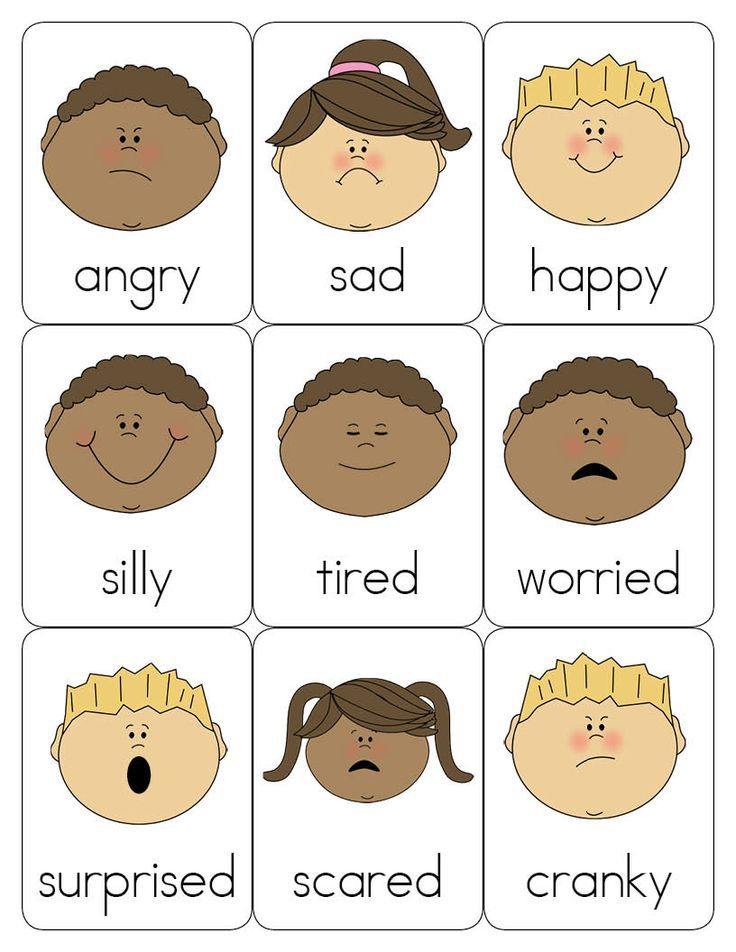
Fear of the new, fear of drawing attention to oneself block the development of both the emotional and intellectual spheres of the child's personality. Such children have meager play activity, since even the simplest everyday task is unsolvable for them - to approach another, ask for a toy, agree on a joint game.
Boiling point
Despite outward unemotionality, shy children experience the same storm of feelings as other children who do not have communication problems. But they cannot manifest them, react outwardly. This contributes to the fact that children “boil” inside and often turn this negative energy on themselves, which stimulates the development of auto-aggressive and neurotic manifestations (tics, tingling, obsessive movements, etc.). Shyness is dangerous because at an older age it prevents the establishment of contacts, the achievement of success in the personal and professional sphere. Anxiety is included in the symptom complex of shyness: it develops in children when they have an internal conflict provoked by the excessive demands of adults, their desire to put the child in a position dependent on themselves, the lack of a unified system of requirements, the presence of anxiety in the adults themselves.
Course towards emancipation
What advice can a psychologist give to parents of a shy child? In order for such a child to become liberated and less shy, at home, especially with you alone or in the company of your closest people, you can train acting skills or team games.
1. Exercise "Guess the emotion"
The host shows some emotion with facial expressions, and the players name it and try to reproduce it. Whoever does it first gets one point. Start with easy-to-guess emotions: surprise, fear, joy, anger, sadness. They must be shown exaggeratedly, even caricatured. Gradually expand the range of feelings, introduce different shades of emotions, say, irritation, indignation, rage. Older children can be given the task not only to guess the emotion, but also to play a small scene (either using puppets or live with the appropriate plot).
Usually shy children are embarrassed about their faces. And even more so, they are ashamed to build grimaces in public.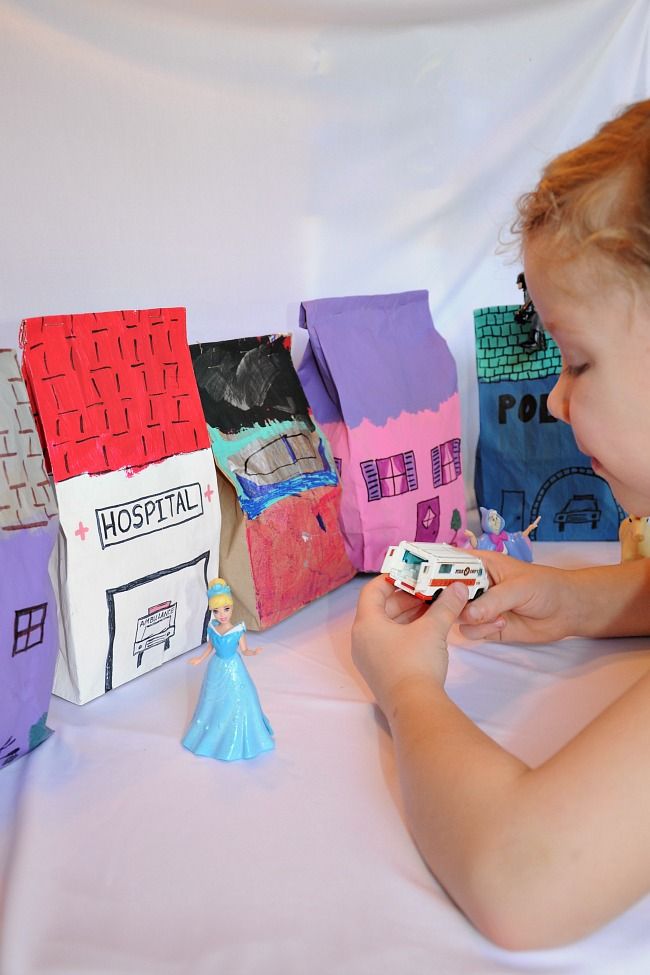 And this exercise will be perceived by them as antics. Therefore, you must take an active role and set an example for your child. In addition, since shy children are usually happy to be in the role of entertainers (of course, when they are convinced that they are good at it), you can imagine mime, pantomime, and so on. exercises as useful acting training. Play together first. Then, when he can already easily cope with the tasks, involve his friends in the game.
And this exercise will be perceived by them as antics. Therefore, you must take an active role and set an example for your child. In addition, since shy children are usually happy to be in the role of entertainers (of course, when they are convinced that they are good at it), you can imagine mime, pantomime, and so on. exercises as useful acting training. Play together first. Then, when he can already easily cope with the tasks, involve his friends in the game.
- Photo
- Thomas M. Barwick INC/Getty Images
2. Live Illustration Activity
Agnia Barto's poems are perfect for this game. One player reads a poem, and the other player illustrates the described events and emotions with facial expressions and gestures. Teach your child to gradually capture and convey subtle shades of feelings. For kids, rhymes like "Bear", "Bull", "Ball" are more suitable.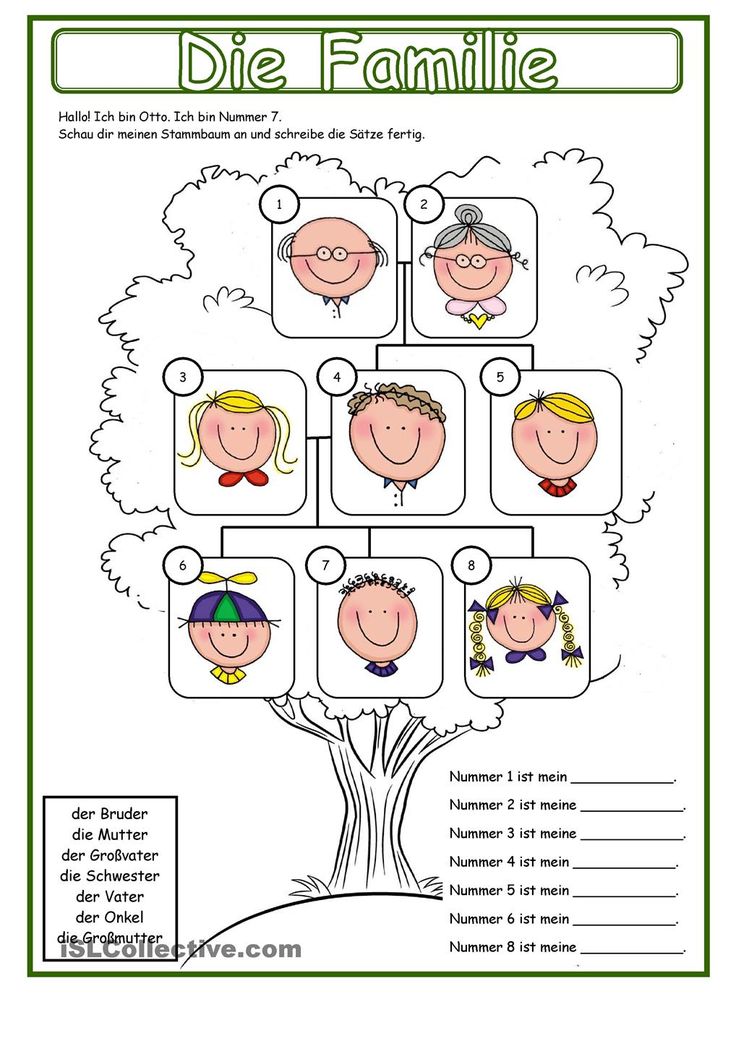 For older children - "Resentment", "Lyubochka", "Sonechka", "On the way to class" and many others.
For older children - "Resentment", "Lyubochka", "Sonechka", "On the way to class" and many others.
3. The game "Tag"
The most common outdoor game aimed at developing mobility, collectivism and courage in a child. The driver must “touch” (touch) the escaping and take his hand. This is how a chain is formed. Now the two of them are catching up with another child and so, gradually, the chain becomes longer. When the chain becomes long enough, their task is to encircle the next evader. All this requires coordination of joint actions in the chain.
4. Game "Where we were - we won't say, but what we did - we'll show"
The task of this common children's game is to show some action without words. If there are a lot of guys, you can split into two teams. One shows, the other guesses. Then they change places.
5. Exercise "Catch the ball"
The players take turns throwing the ball to each other and name some value of the child to whom the ball is thrown.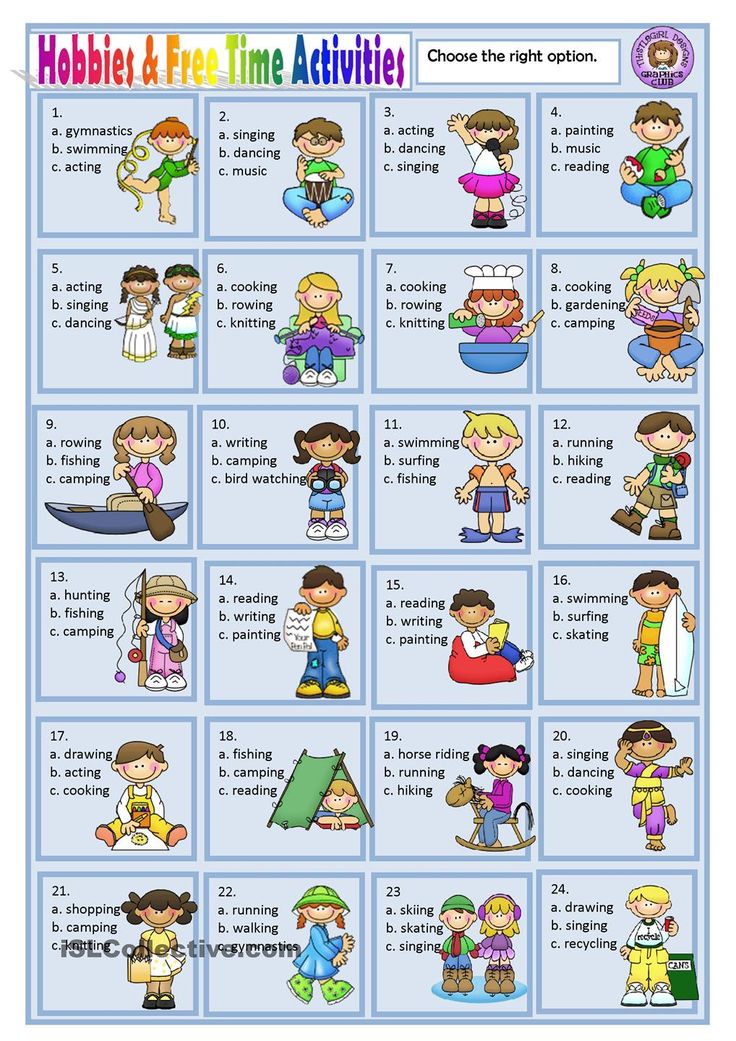 It is very important that during the game each child manages to hear kind, pleasant words about himself. The game develops self-confidence and trust in other people.
It is very important that during the game each child manages to hear kind, pleasant words about himself. The game develops self-confidence and trust in other people.
6. Exercise “Conversation with a deaf grandmother”
The child seems to be talking to a deaf grandmother. She speaks, and he speaks to her with gestures, because the grandmother does not hear anything. For example, where are grandmother's glasses, that they are broken, as someone inadvertently sat on them. In this game, as in the previous one, there can be a great variety of options. It all depends on your collective imagination.
Or there is a similar exercise “Through the glass”, when the child allegedly communicates with someone through soundproof glass and must convey some message to him without words, in pantomime. For example: “You forgot to put on your hat, and it’s very cold outside”, “Let’s go swimming. The water is warm today”, “Bring a glass of water, I’m thirsty”, etc.
7. Exercise “Prickly animal”
The teacher shows the children a drawing of a mysterious animal made on a large sheet.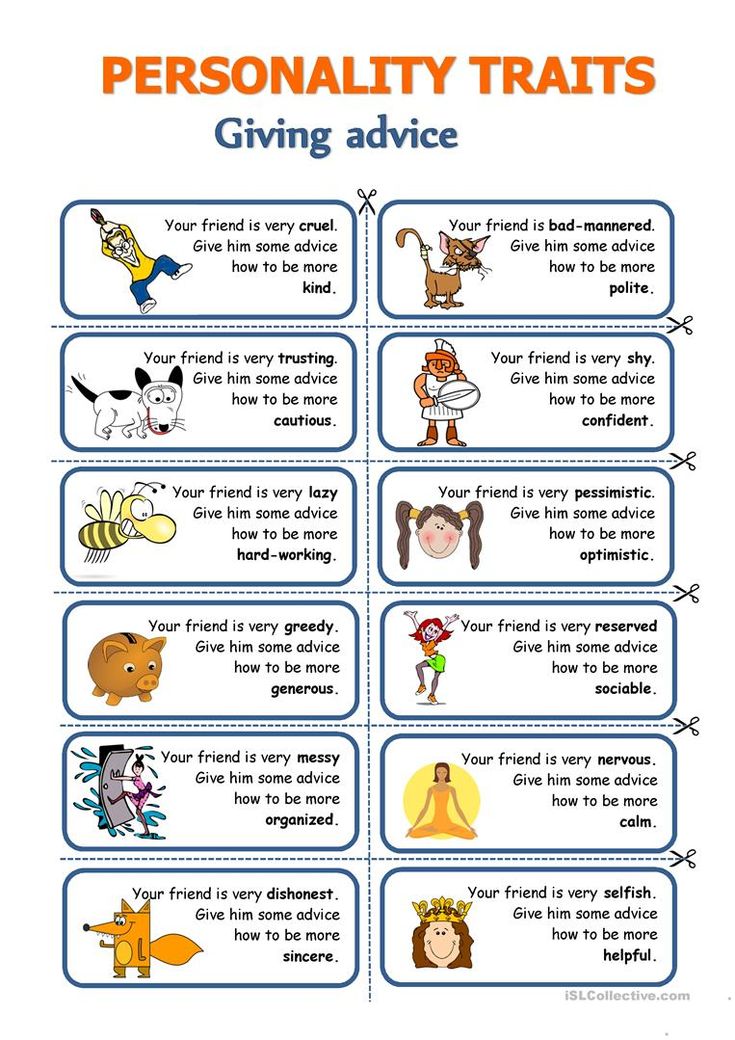 The whole animal was pierced with toothpicks stuck in the poster.
The whole animal was pierced with toothpicks stuck in the poster.
The teacher explains that this is a very angry and scary animal. He became this way for the reason that there are a lot of thorns on him, so everyone is afraid of him and does not want to play with him. The teacher asks the children to help this animal get rid of its anger and irritation.
The children's task is to take pity on the beast, to reward it with good character traits. As soon as the child says a good word about this animal, the teacher pulls one thorn out of it and breaks it. Gradually, the number of thorns on the animal decreases, it acquires a completely kind and pretty look, the children all together come up with a name for it.
It is desirable that the number of thorns be greater than the number of children, so that each child can contribute to the process of reincarnation of the beast from evil and prickly to kind and fluffy.
- photo
- Getty Images
8.
 Exercise “Various gait”
Exercise “Various gait” invite a shy child to be like:
-
old man,
-
lion,
-
artist on stage.
- 00 9000 9000 9000 9000
094
9. Ball game
All you need is a ball of thread. Children sit in a semicircle. The host stands in the center and, winding the thread around his finger, throws a ball to the child, asking about something (what is your name, what do you love, what are you afraid of). The child catches the ball, winds the thread around his finger, answers the question and asks the question, passing the ball to the next player. If the child finds it difficult to answer, he returns the ball to the leader.
This game helps children to see the common connections between them, and the teacher to determine which of the children has communication difficulties. When all the participants are connected by a thread, the facilitator should fix their attention on the fact that all people are somewhat similar and this similarity is easy to find.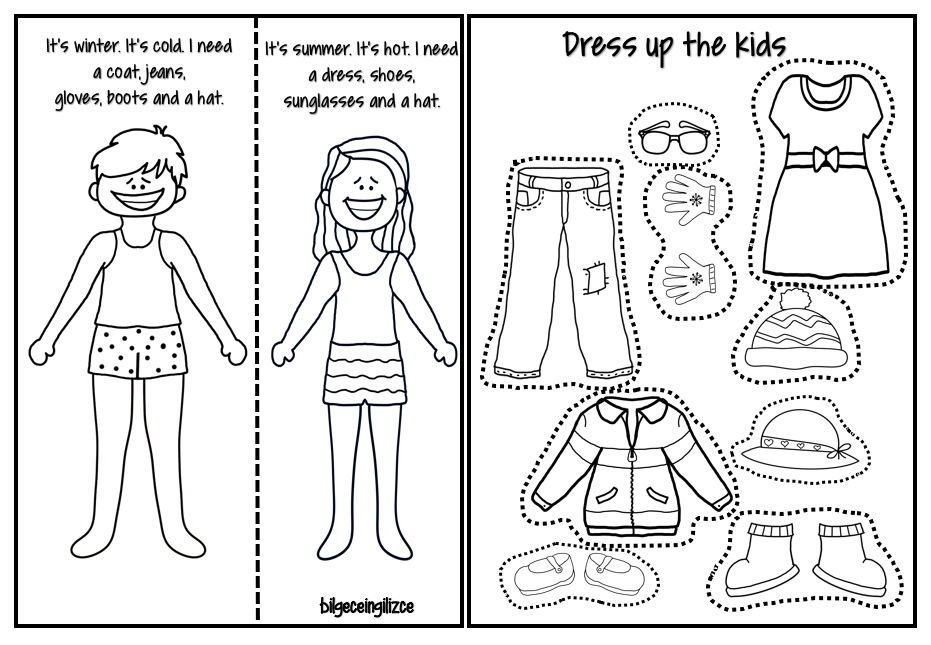 And it's always more fun when you have friends.
And it's always more fun when you have friends.
10. Exercise "Tell verses with your hands"
The child tries without words, with the help of pantomime, to tell a well-known poem or fairy tale. The rest of the children try to guess what he depicts.
More useful materials about the proper upbringing of children - in our channel on Yandex.Zen.
Lyubov Prishlaya
Shy child: what to do and how to help him
Young children experience shyness even in a safe, according to their parents, environment. A shy person - and even more so a child - is too sensitive to rejection by other people. He prefers to remain in the shadows, not to show himself. The American social psychologist Philip Zimbardo compares this personality trait with voluntary deprivation of liberty. He dedicated the book "The Shy Child", which he co-authored with Shirley Radle, to the phenomenon of shyness.
Causes of shyness
There is a hypothesis that shyness is a trait that is inherited. But it is quite difficult to accurately identify the factors that influence the formation of a shy personality. It can only be stated with certainty that if parents do not teach their children to easily communicate and get to know different people by their example, the children will grow up shy.
But it is quite difficult to accurately identify the factors that influence the formation of a shy personality. It can only be stated with certainty that if parents do not teach their children to easily communicate and get to know different people by their example, the children will grow up shy.
Other triggers for shyness:
1. The development of skills and abilities that a child often cannot master at a young age (for example, reading at two years old) cause dissatisfaction of parents, and the child withdraws into himself and perceives the love of loved ones as a merit for good behavior.
2. Inability to behave in different situations at a too early age, when adults simply did not teach and explain how and where it is customary to start a conversation, causes a strong fear of any contact in a child prone to shyness.
3. Control and excessive discipline when the child is simply not given the right to vote.
4. Too different upbringing of girls and boys, when the child does not understand how to communicate with people of the opposite sex.
Shyness at preschool age
The environment in which a shy child is located has a bad effect on his emotional state. The task of parents is to teach him to adjust the world to his own needs instead of passively accepting the negative influence from contacts. Once on his TV show, American journalist Phil Donahue conducted an experiment. Two shy strangers were seated on adjacent chairs facing the auditorium. They were uncomfortable, it was impossible to establish contact, their eyes wandered fearfully around the hall. Everything changed when the strangers' chairs were turned away from the crowd and placed opposite each other. It became noticeably easier for these two to be in the TV studio, and they were able to start getting to know each other.
Parents can help even the most timid child. Try to have him communicate with strangers
If guests or a repairman are to come, prepare your child in advance: tell about the purpose of the visit, what the person will do at your house.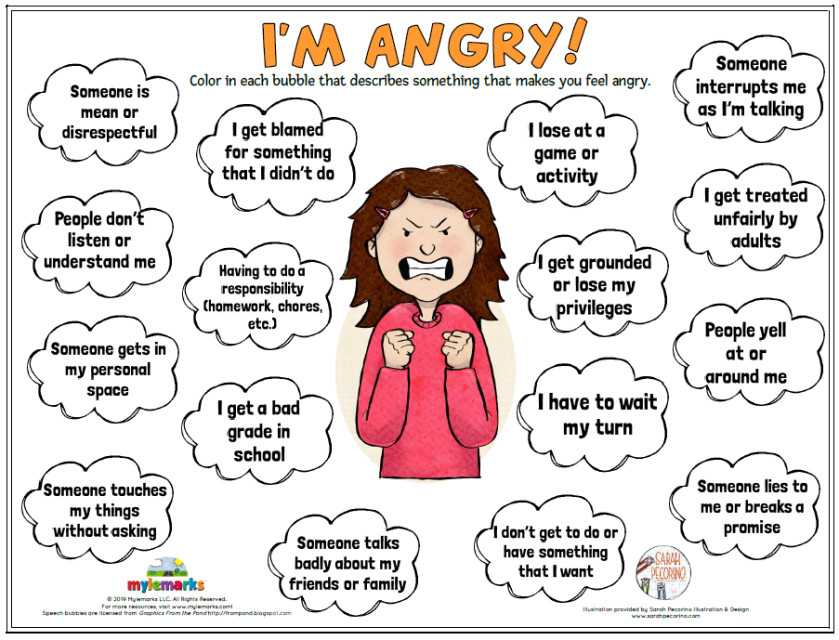 And with the guests who have come, you should not discuss shy behavior, exposing timidity as a disadvantage.
And with the guests who have come, you should not discuss shy behavior, exposing timidity as a disadvantage.
Create situations where the child will have the opportunity to communicate with peers. For example, in a kindergarten, on a playground or in a dance studio. Do not interfere with the way the child meets other children. Try not to dress your shy child in clothes that may be very different from those accepted in the peer group. Support his need to be alone sometimes, but do not specifically isolate him from society. The beginning of friendship in a familiar home environment is much easier for such children.
Zimbardo insists on active physical development. Confidence in one's own body, developed physical endurance and dexterity help the child feel comfortable and make friends with peers easier. Zimbardo argues that “a child who has an idea of his own physical capabilities, can reasonably judge what he is capable of and what he is not, he will never go crazy. <…> Willingness to take risks characterizes leaders and people who are successful in business.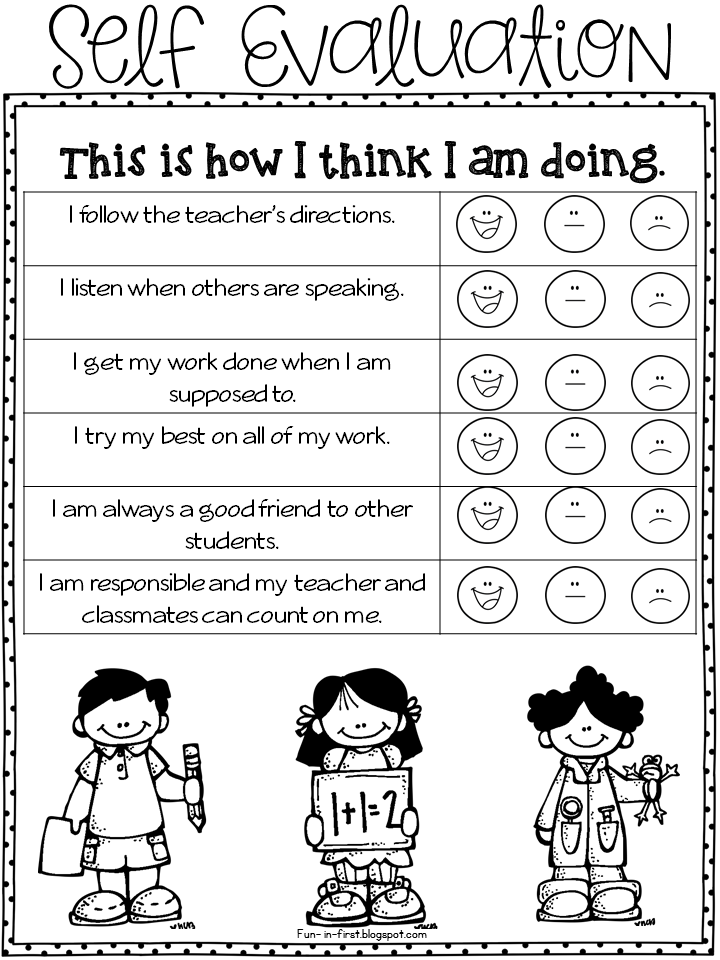 ”
”
Caregivers exacerbate shyness by perceiving the “goodness” of girls and boys as a positive quality. Active children who are not afraid to show themselves, on the contrary, deserve the censure of adults. But it is also worth understanding that the negative attitude of a significant adult to a calm character makes a reasonable child downtrodden and timid.
How to develop sociability
From an early age, tell your child stories in which reality is intertwined with fantasy. Their main character should be your child. Let the story begin in some familiar place, but embellish reality. Behind the high mountains that no eagle can fly over, beyond the wide seas in which white sharks and sirens swim, lies the city ... Let other family members become participants in the fairy tale, just change their names slightly. A big trouble should happen in the story, which your strong, courageous, quick-witted and beautiful child will eventually solve. Co-writing such stories helps the child to believe in himself, teaches him to be the center of attention and not be afraid to act.
The second way to develop sociability is when a shy child plays with a younger child. This is proved by an experiment conducted by psychologists at the University of Minnesota. Scientists have come to the conclusion that playing with small children allows a timid child to show and realize his leadership qualities.
Shyness at school
Even self-confident and sociable children depend on the school environment and the teacher's attitude towards them. Shy children need to understand that they are no different from the other guys in the group. Not every teacher knows that it is necessary to pay attention to such children in the right way: to talk about everyday topics, but not touch those that can cause embarrassment. If shyness affects learning, it is better to make contact with such a child after school hours. For example, ask him for help after class.
It is necessary in a calm environment to assure him that he can ask questions about his studies without being afraid. In children's groups, where the competitive element is reduced to a minimum, and help and attention to each other are in the first place, usually there are no problems even for very timid schoolchildren.
In children's groups, where the competitive element is reduced to a minimum, and help and attention to each other are in the first place, usually there are no problems even for very timid schoolchildren.
No matter how wise your child’s teacher may be, with the beginning of studies, shyness (if any) becomes the dominant personality trait
how it will be approved by the teacher. Today, school is the place where a lot is demanded of children, criticized for mistakes. The main disadvantage here is that the child behaves like a child. Very often for a first grader, such an environment becomes a shock. Sometimes teachers try to re-educate the quiet and do it in the worst possible way.
Zimbardo criticizes school arrangements. He claims that the school is determined to produce passive and obedient citizens. The attention of children from the natural state of "here and now" is constantly directed to an uncertain future, for the sake of which one must study well.
A shy child already thinks too much about the consequences of his actions.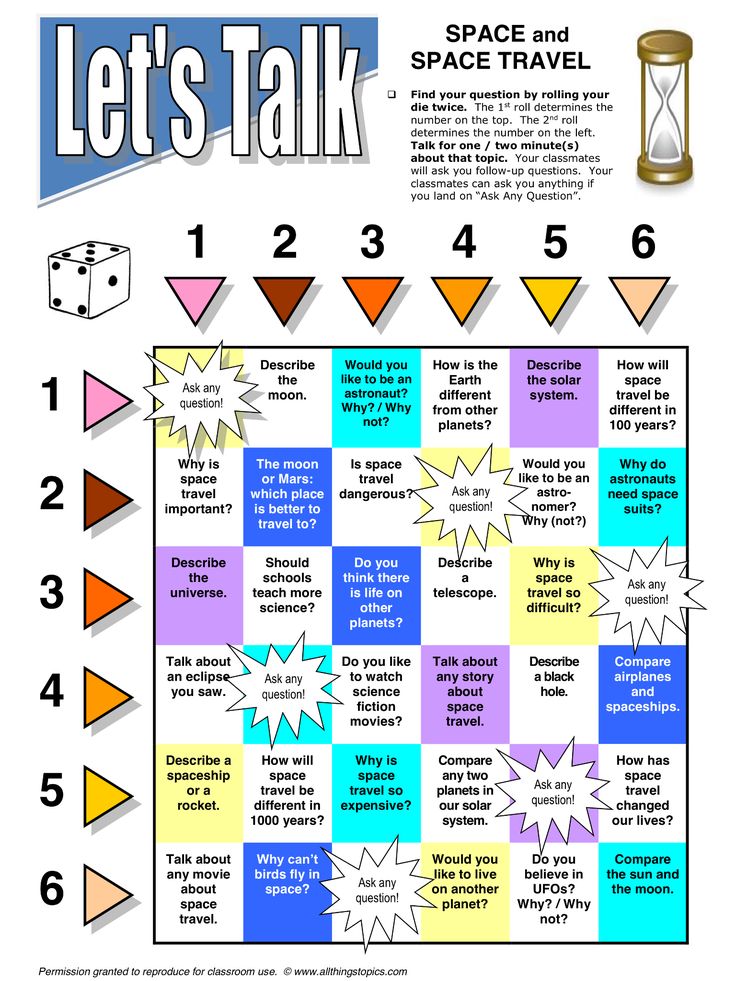 His slight anxiety quickly develops into fear and anxiety, it is hard for such a child to enjoy the moment. The pleasure of learning is replaced by a system of external rewards for completing someone else's task on someone else's terms, which in no way contributes to the formation of an objective and prosperous attitude towards oneself in the child.
His slight anxiety quickly develops into fear and anxiety, it is hard for such a child to enjoy the moment. The pleasure of learning is replaced by a system of external rewards for completing someone else's task on someone else's terms, which in no way contributes to the formation of an objective and prosperous attitude towards oneself in the child.
For success in school, parents must always be on the side of the child. Do not use the word "shy" in a conversation with a teacher, but call your child calm, reasonable, attentive. Never agree with the label "lagging behind" and even more so "backward". And always remember that the teacher can make mistakes.
Shy teenager
Shyness can make adolescence the worst period in life. Popularity in school is more important than grades, and it is the lack of popularity that makes the shy teenager suffer even more. Girls are especially subject to suffering, from whom amazing beauty is demanded from an early age. And if a girl does not look like the ideal accepted in the school company, she is in a state of constant dissatisfaction with herself and irritation. Shy teenagers are twice as likely to start drinking and smoking than their more confident peers. They consider alcohol and drugs a means of getting rid of their own timidity.
And if a girl does not look like the ideal accepted in the school company, she is in a state of constant dissatisfaction with herself and irritation. Shy teenagers are twice as likely to start drinking and smoking than their more confident peers. They consider alcohol and drugs a means of getting rid of their own timidity.
Parents can help a teenager, but this will require patience. Your child today can be affectionate and accommodating, and tomorrow forget all persuasions and promises. Zimbardo talks in detail about the problems that affect a teenager. At the same time, adults may not even suspect that unfashionable trousers or slight skin rashes can make him unhappy. And if in elementary school you closely monitored the behavior of everyone who surrounds your child, then in the senior school, reduce control to a minimum.
At the end of the book, Zimbardo, among other things, refers to grown-up boys and girls. He tells how you can understand and solve their problem in seven steps, and also gives specific recommendations for communication.











